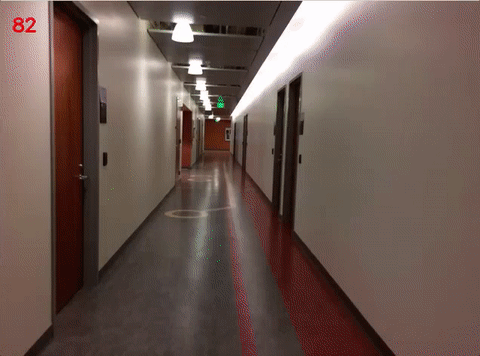

Ph.D.
Computer Vision Lab
Department of Electrical Engineering
University of California, Santa Cruz
Phone: (831) 295-2406
Email: chkim@soe.ucsc.edu
Resume
I am currently a Research Engineer at FXPAL. I received my Ph.D. in Electrical Engineering at the University of California, Santa Cruz in 2016 under the supervision of Professor Roberto Manduchi in the Computer Vision Lab. I received my B.S. and M.S. degree (Computer Vision Lab at SKKU) in School of Computer Engineering at the Sungkyunkwan University (SKKU), Korea in 2003 and 2005, respectively.
My research interests are in the area of computer vision. I am interested in 3D reconstruction, scene understanding and recognition.
 |
 |
 |
 |
.png) |
.png) |
.png) |
.png) |
.png) |
.png) |
.png) |
.png) |
· C. Kim, P. Chiu and H. Oda, "Capturing Handwritten Ink Strokes with a Fast Video Camera," International Conference on Document Analysis and Recognition (ICDAR), 2017
· S. Ma, Q. Liu, C. Kim and P. Sheu, "Lift: Using Projected Coded Light for Finger Tracking and Device Augmentation," Pervasive Computing and Communications (PerCom), 2017
· C. Kim and R. Manduchi, "Indoor Manhattan Spatial Layout Recovery from Monocular Videos via Line Matching," Computer Vision and Image Understanding, 2016.
· T. Dunnigan, J. Doherty, D. Avrahami, J. Biehl, P. Chiu, C. Kim, Q. Liu, H. Tang and L. Wilcox, ”Evolution of a Tabletop Telepresence System through Art and Technology”, ACM Multimedia 2015.
· C. Kim, P. Chiu and H. Tang, "High-Quality Capture of Documents on a Cluttered Tabletop with a 4K Video Camera," Proceedings of ACM DocEng 2015.
· C. Kim and R. Manduchi, "Planar Structures from Line Correspondences in a Manhattan World," in 12th Asian Conference on Computer Vision (ACCV), 2014.
· C. Kim, P. Chiu and S. Chandra, "Dewarping Book Page Spreads Captured with a Mobile Phone Camera," CBDAR, 2013.
· C. Kim and P. Milanfar, "Visual Saliency in Noisy Images," Journal of Vision 13(4):5, March 11, 2013.
· C. Kim and P. Milanfar, "Finding Saliency in Noisy Images," SPIE Conference on Computational Imaging (8269), January 2012.
· J. Y. Park, C. H. Kim, J. K. Na, J. H. Yi, and M. Turk, "Using structured light for efficient depth edge detection," Image and Vision Computing, Vol. 26, Issue 11, pp 1449~1550, 2008.
· J. Y. Park, C. H. Kim, J. H. Yi, and M. Turk, "Efficient depth edge detection using structured light," Lecture Notes in Computer Science, Vol. 2869, pp. 413-420, 2005.
· C. H. Kim, J. Y. Park, J. H. Yi, and M. Turk, "Structured light based depth edge detection for object shape recovery," IEEE CVPR Workshop on Projector-Camera Systems, 2005.
· J. H. Yi, D. Y. Lee, C. H. Kim, "A 2D plane of RGB color space for color histogram based skin color segmentation," 6th Asian Conference on Computer Vision, pp 926~930, 2003.